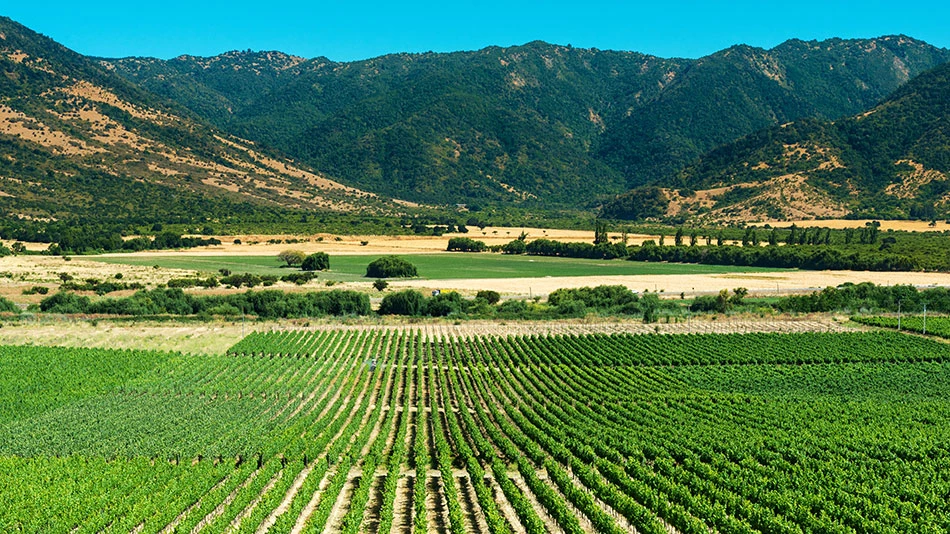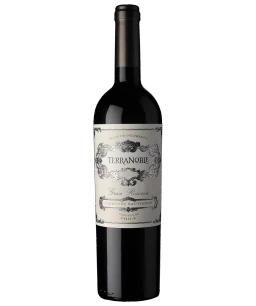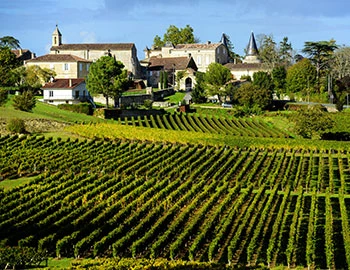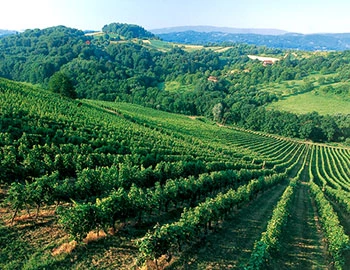Colchagua
Colchagua Valley: a hot spot for top red crus
Some 200 kilometres south of Santiago, Colchagua Valley comprises the southern part of the Rapel Valley, which in turn is a sub-zone of the great Central Valley (Valle Central). In the last 20 years, Colchagua has increasingly issued super-premium wine from red varieties, such as Cabernet Sauvignon, Carménère and Syrah. Many of the newly established vineyards for top wines are located on steep slopes in high-altitude hill zones.
Red wines from Colchagua
In Colchagua Valley, wine culture merges with “huaso” culture. Huasos are horsemen similar to the American cowboy who are central to a folklore which, in addition to horse-breeding and rodeos, also includes music and dancing. Alongside the wine houses and shops of the tranquil provincial town of Santa Cruz, where many wine travellers often stop, there are also specialty shops for riding equipment, with accessories such as saddles, spurs, bridles and coverings. In some wineries run by long-established families, horses are bred for polo and rodeo.
Terroir for red cult wines
Approximately 20,000 hectares are stocked with vines in Colchagua Valley, more than half of which are planted with the leading variety, Cabernet Sauvignon. Next comes the long-established Carménère variety, which also yields fully concentrated and well-structured wines here. No other region in Chile has brought forth so many new top red crus in recent years. The basis for this wine wonder is a Mediterranean climate with ideal precipitation of about 600 millimetres per year per square metre. The soils in the area of the valley floor are characterized by an alternating mixture of loam and sand. In the hill zones, however, the proportion of weathered granite is substantially higher. The share of impressive white wines, around 20 percent, remains low.
Development in hill sites
Many of the new generation of top wines come from newly planted, often distinctly steep slopes in these very hills. Here, the soils are not just sparser due to their higher proportions of granite; the climate of the Colchagua Valley itself is much more accentuated. The specific topography of the valley promotes the entry of moderately cool air from the Pacific coast, offsetting the high summer temperatures. The results are full, fruity wines which simultaneously have plenty of structure.







